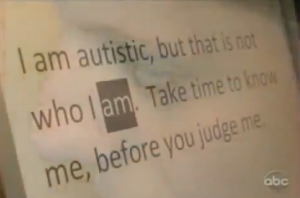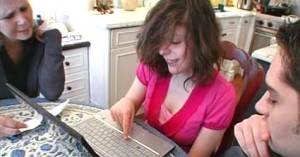Reviewing for a test or a quiz can seem like a drag for some students. To avoid students losing focus, there are fun apps that can help students review in class or at home.
My new favorite is the website kahoot. Students log into the game code and are asked questions and answers in a format that gives points for answering the question accurately and quickly. Students choose from different choices predetermined by the teacher and gain points for choosing the correct answer in the least amount of time.
Students love this game since it is colorful, engaging, and fun. The game allows students to enter their real names or nicknames and shows who has the most points after each question answered.
This website is highly recommended to anyone who can access tablets or computers in the classroom. It is appropriate for any age, any subject, and any moment when wishing to create a review that is meaningful and fun.




